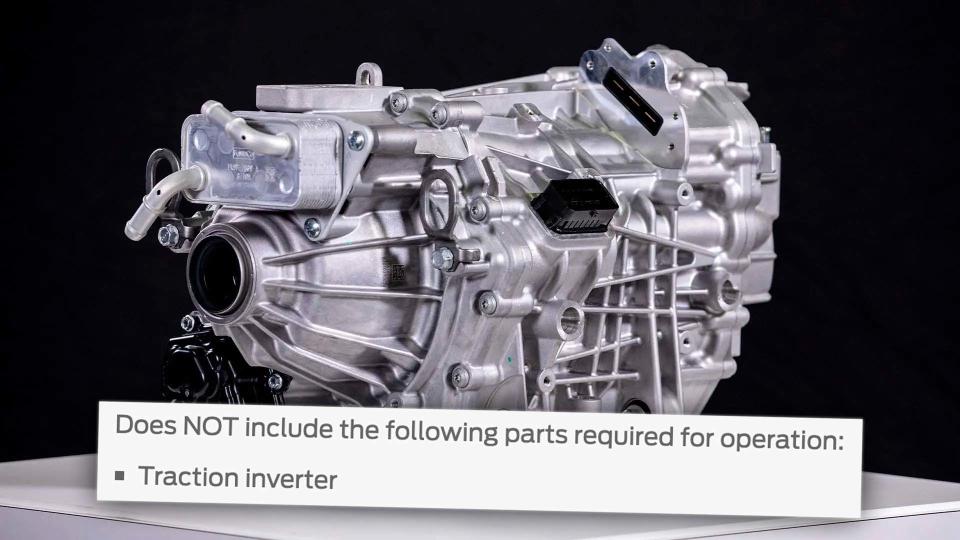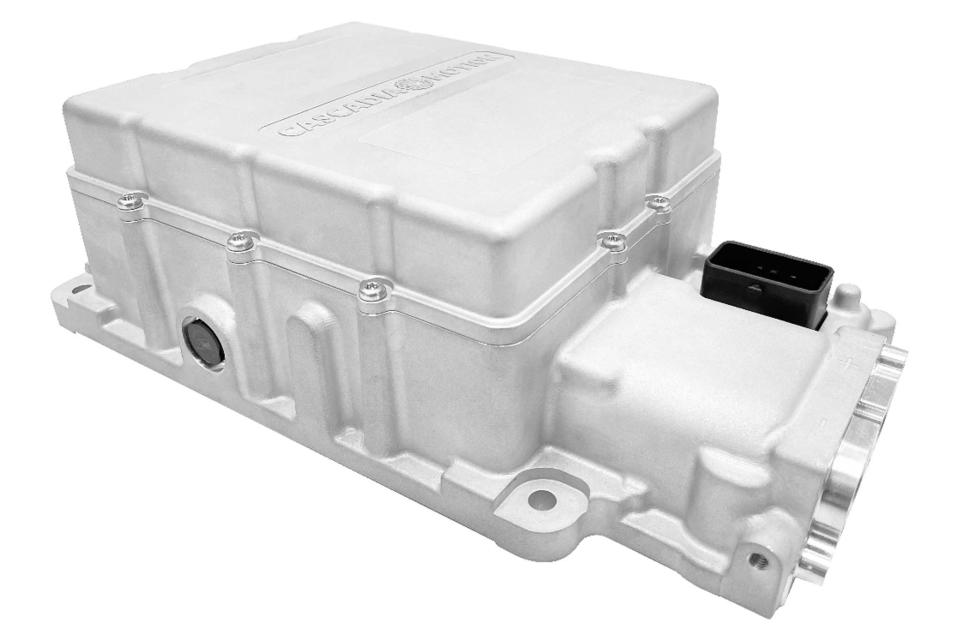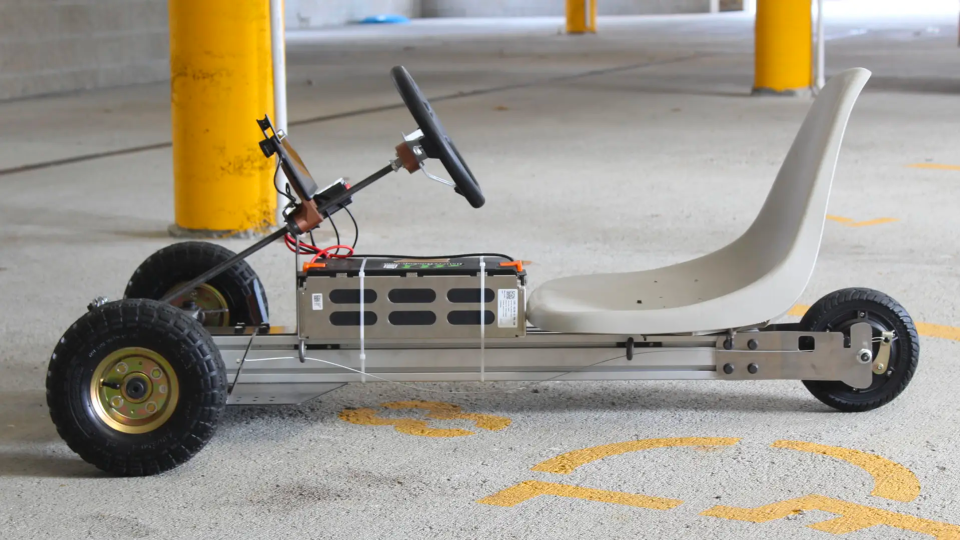All These Promised EV Swaps Need High Voltage Inverters. Automakers, Step Up

We read about cars getting EV swapped more and more these days. An offending combustion engine is removed, batteries and electric motors go in, and choking the carb on a cold day is a thing of the past. Whether or not you're on board with an electric drivetrain effectively wearing a vintage car as a costume, you probably know that EV swaps are expensive, and there's a good reason for that. It's not really an issue of batteries anymore; those can be sorted out for a reasonable price. It's not the motors or drive units either, because they're also relatively easy to come by. The real challenge is finding an inverter, and it's something automakers are completely dropping the ball on.
Inverters are absolutely necessary for all modern EVs to work. Effectively the motor's programmable brain, they turn direct current from the battery into the three-phase alternating current that electric motors crave. The problem is that if you want to do a swap, there aren't many aftermarket options to choose from. Think of it like switching from carburetors to electronic fuel injection—except there's no Holley, MSD, or any number of aftermarket companies making bolt-on kits. You're only real option is to work with what an automaker gives you, or spend about $5,000 on something from Cascadia Motion, which is effectively the only shop in town.

That price isn't reasonable. An automaker needs to step in and start selling easily programmable high-voltage (and perhaps low-voltage) inverters to the public for a reasonable price. Listen, no one else besides OEMs and automotive suppliers are really making these things. They're the ones that have the knowledge and the capability. If one stepped up to the plate, they could easily be a hero to the aftermarket for decades. The time to build these things for enthusiasts is now.
Gap in the Market
The frustrating part about this is that the world of hobbyist electric vehicles already has this all figured out. Lower power inverters are widely available long for stuff like go-karts and dirt bikes in the neighborhood of $100-$200. The issue is that they aren't really suitable for cars. The electrical components that are capable of turning DC power into an AC waveform, MOSFETs, get expensive above 100 volts, and therefore most of these hobbyist units top out around 84V, with currents typically below 500 amps. A little math reveals the limitations of a single-motor electric drivetrain using one of these cheap controllers: about 42kW (56 horsepower) in what would likely be a brief burst. The automotive enthusiasts among you will know that's not very much for your average motor vehicle.

High voltages must be had if you want a reasonably powerful electric car. At least 100V, probably more like 200V-300V unless you want to get motor-melting current involved. Once you start to look for inverters in this voltage range, though, the only names you really see are automakers and automotive suppliers. As previously mentioned, Cascadia is the only real plug-and-play option if you're not using a car company's complete ecosystem of parts, and its prices are steep.

 Yahoo Autos
Yahoo Autos 